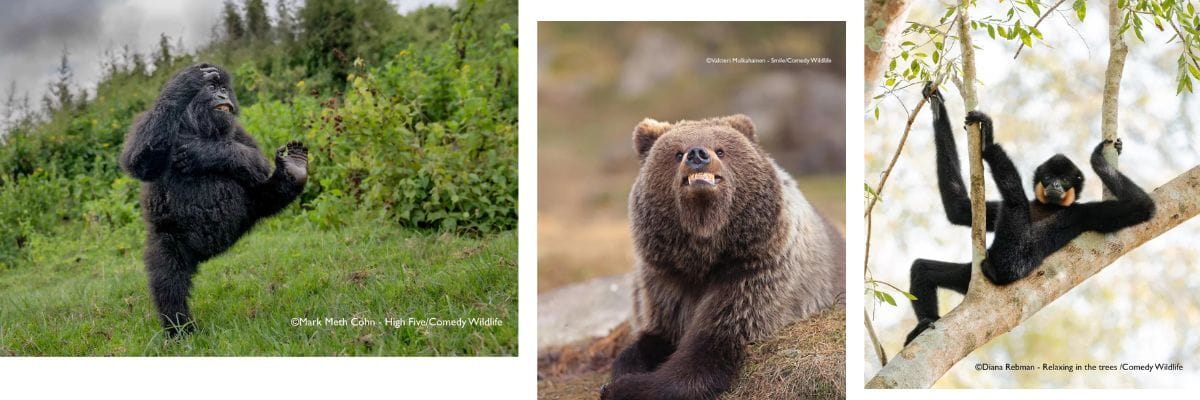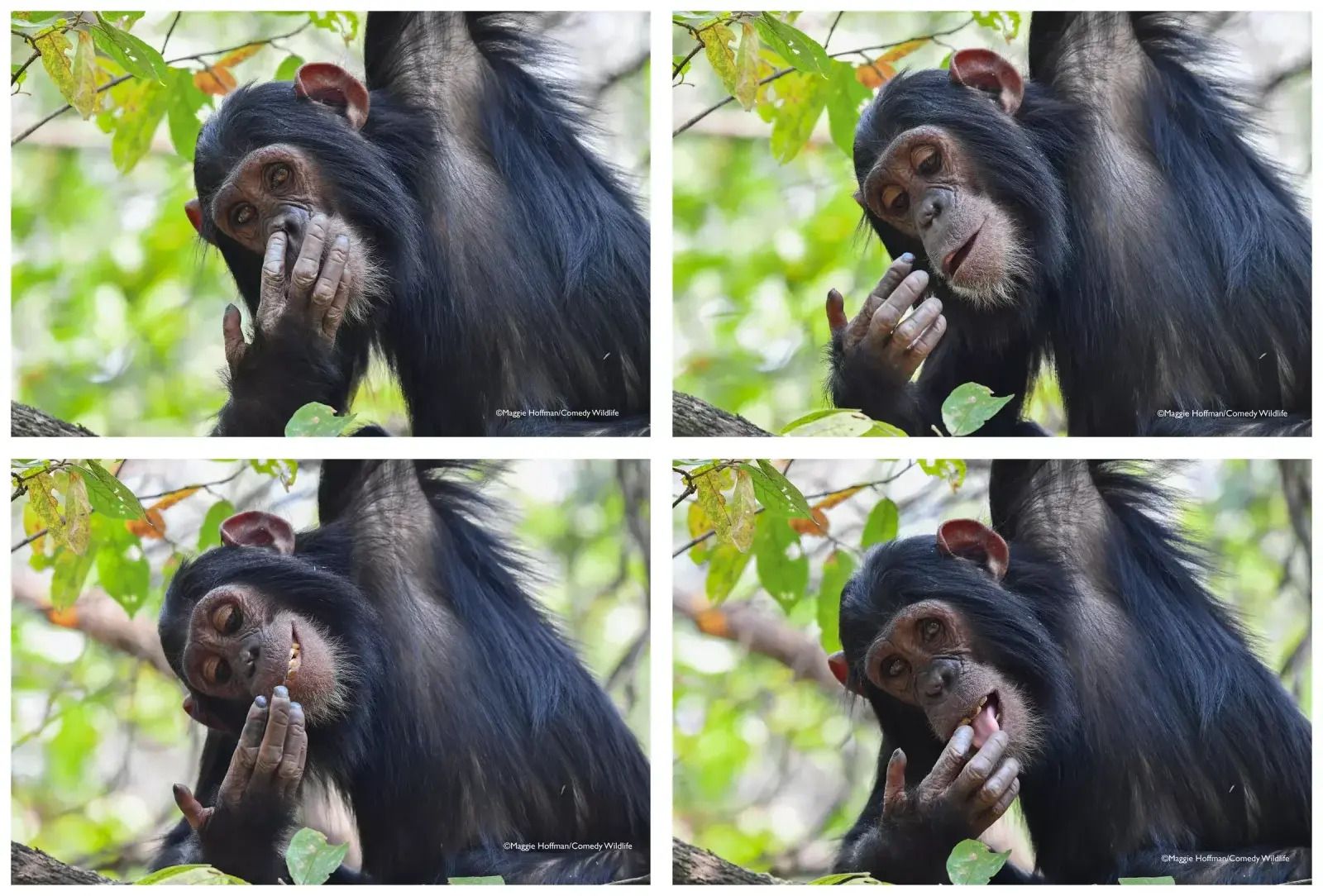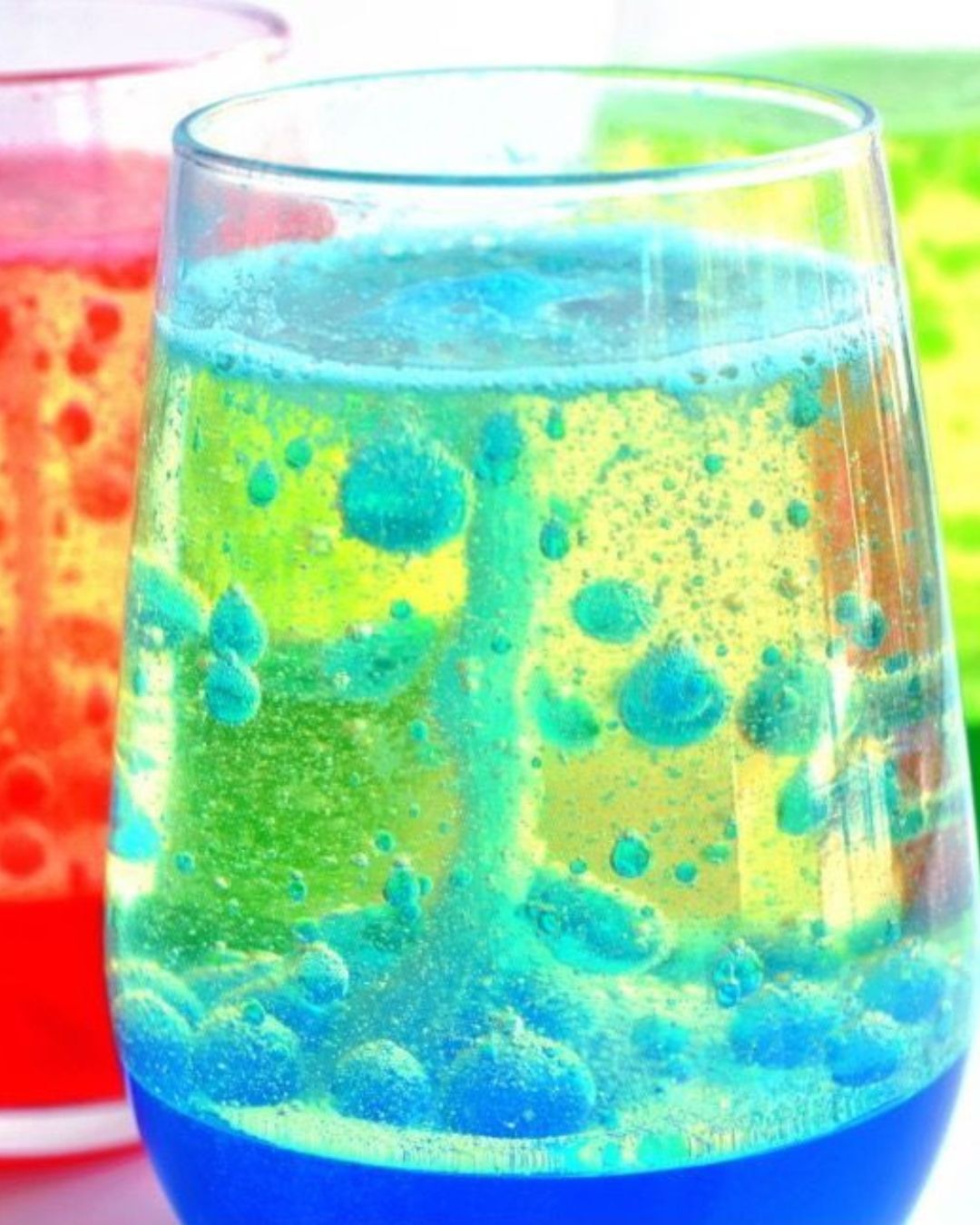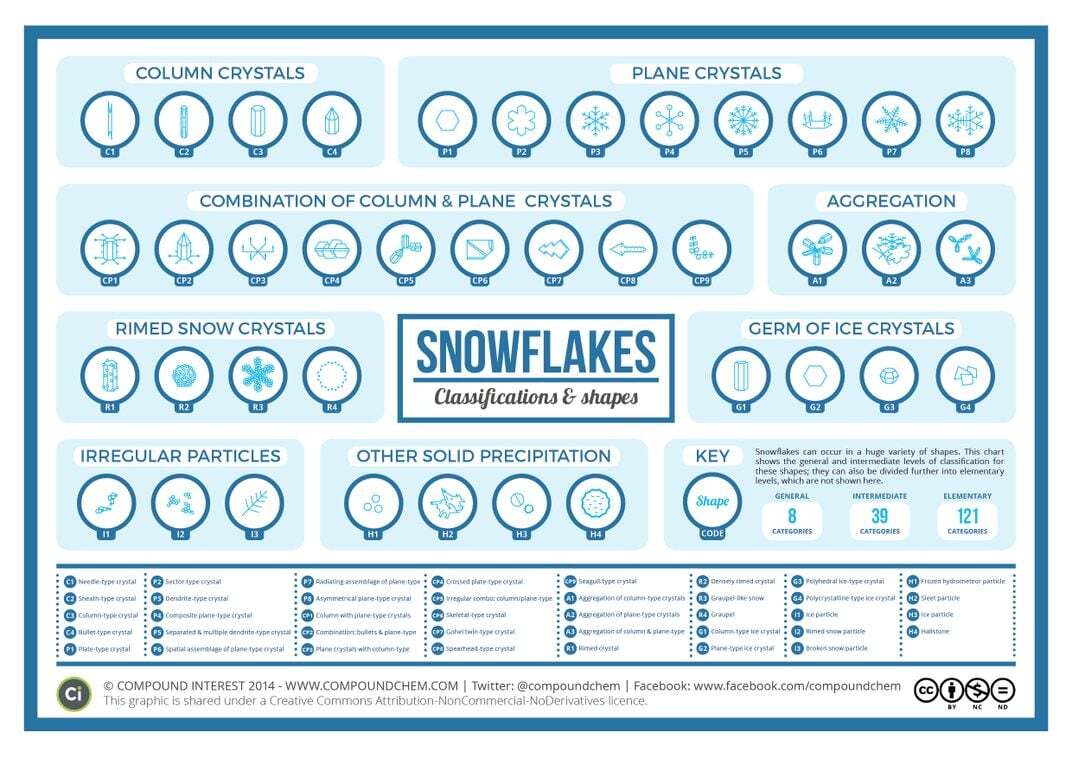
Hi everyone, hope you had a fun and safe Halloween! We’ve been experimenting with different newsletter layouts, so feel free to hit reply and let us know what you think! Here’s what we’re covering today:
5 FACTS
Did you know Polar bears have black skin? 🐻❄️
Here's 5 amazing facts about polar bears:
🐻❄️ They are the largest carnivores on earth! Adult males can weigh up to 1,500 pounds, stand up to 10 feet tall, and lift 1,000 pounds of solid ice! You wouldn’t want to meet that in the wild!
🐻❄️ They are excellent swimmers! Polar bears have been spotted swimming more than 60 miles from land! They use their large front paws to paddle, and their back legs to steer.
🐻❄️ They have an incredible sense of smell! They have 20 times more smell receptors than humans. In fact, they can smell seals (their primary food source) from 20 miles away. They can even smell food hidden under the snow!

Did you know that a group of polar bears is called a celebration? 🎉
🐻❄️ Unlike other kinds of bears, only pregnant female polar bears hibernate. When polar bears are born, they’re incredibly small and vulnerable; at birth, they only weigh 1 pound! To care for them, the mom will stay with her cubs for several months. During that time, she won’t even leave them to eat! In all, cubs will stay with their moms for 2.5 years while their moms teach them all of the essential survival skills.
🐻❄️ Underneath all the fur, polar bears have black skin. In fact, not even their fur is white! They actually have two layers of fur, and their fur is transparent with a hollow core that reflects light. This makes them appear white and gives them excellent camouflage in snow.
Unfortunately, due to ice melting and habitat loss, polar bears are categorized as a vulnerable species. That's why we need to keep working to protect them!
TRIVIA CORNER
What makes every Snowflake unique? ❄️
Did you know that every snowflake is unique due to the specific atmospheric conditions it encounters when it falls? Here’s how they form:
Inside clouds, water vapor condenses around any particles in the air (like dust or pollen) to form tiny ice crystals.
As these ice crystals fall, they encounter different pockets of varying temperatures and humidity levels, which affect the crystals' shapes and how they form into snowflakes. Even the smallest differences in temperature or humidity can result in big changes to the snowflake's final shape. Because each snowflake’s path is unique as it falls or gets blown by the wind, that’s how we end up with so many unique patterns and shapes!
The hexagonal patterns come from water’s molecular structure, and the way water molecules bond when they freeze.
Did you know that there are 35 different types of snowflake shapes? The largest snowflake ever recorded was 15 inches wide in 1887!
DID YOU KNOW?
Where do Hurricanes come from? 🌧️
With hurricane Melissa in the news, have you ever wondered how hurricanes form? Check out this video from SciShow Kids that does a great job explaining how they are created!
PICTURE OF THE WEEK
Comedy Wildlife Finalists! 🐵
Enjoy some of the finalists from the 2025 Nikon Comedy Wildlife awards!


SCIENCE AT HOME
Make your own Lava Lamp! 🌋💡
Share the love of science with your kids and students! Here’s a fun science experiment you can do at home using things you probably already have in your kitchen!
Clean plastic bottle
Water
Vegetable oil
Fizzing tablets (like Alka Seltzer)
Food coloring

WORD FROM OUR SPONSORS
Pet insurance can help your dog (and your wallet)
Did you know 1 in 3 pets will need emergency treatment this year? Pet insurance helps cover those unexpected vet bills, so you can focus on care—not cost. View Money’s list of the Best Pet Insurance plans and protect your furry family member today.


Steve
Thanks for reading, see you next time!
Answer to the trivia: The estimated total rice consumption worldwide is 530 million tons. If the world population is 8.23 billion people, and there’s 2,204 pounds per ton, that comes out to 142 pounds of rice per person! Of course, this is a very rough estimate!
